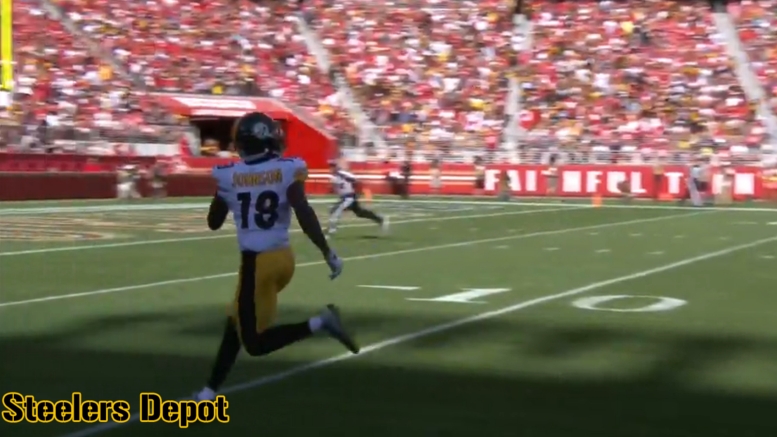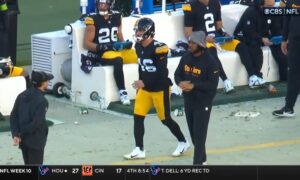It probably doesn’t really need any explanation or confirmation, but that’s pretty much what veteran Pittsburgh Steelers guard Ramon Foster offered when it came to discussing the team’s gameplan entering Sunday’s contest, and how it changed in the second half.
Going on the road, with Mason Rudolph making his first start, Foster more or less acknowledged that they were starting things off conservatively, moving forward slowly, during his radio show on The Fan. “With a young guy like him, a first-time starter, anyway, you’ve always gotta see where they are, see if they can make the easy throws, see if they can check to what he needs to, get the run game going, get his feet settled in”, he said.
“I think, honestly, we went into the locker room at halftime and just was like, screw it. Whatever we’ve gotta do, we gotta win’”, he added. And we did see the gameplan change in the second half, specifically in terms of the leash being loosened, and allowing Rudolph to take more shots down the field.
That was largely about what the defense was giving to them as well, however. The San Francisco 49ers spent a lot of time with eight players in the box, and even used single-high safeties, opening up opportunities for shots down the field. As the game progressed, the Steelers starting taking advantage of that.
Another factor that started opening up the deep passing game was the injury in the second half to starting cornerback Akhello Witherspoon, who was carted off the field. He was replaced by Jason Verrett, and Rudolph acknowledged after the game that the plan at that point was to attack the new guy on the field. It quickly resulted in a 39-yard deep touchdown pass to Diontae Johnson.
But the change also became a necessary one with the gameplan put forth in the first half simply not working. For a variety of reasons, including failures at the quarterback, skill positions, and offensive line, their attempts to get the ball on the perimeter against a speedy 49ers defense was being keyed up on once the running game was running stagnant.
It took some passes down the field, and some legitimate threat to do so, before things started opening up. The offense only scored six points in the first half, stemming from two field goals that came on possessions off of turnovers beginning in opponent territory. They added 14 via big plays on long drives in the second half.
At least for the moment, it appears that the deep passing game is going to have to be successful in order for the offense to have success. And once the Steelers have that working, the short and intermediate areas of the field will start to open up as well.








